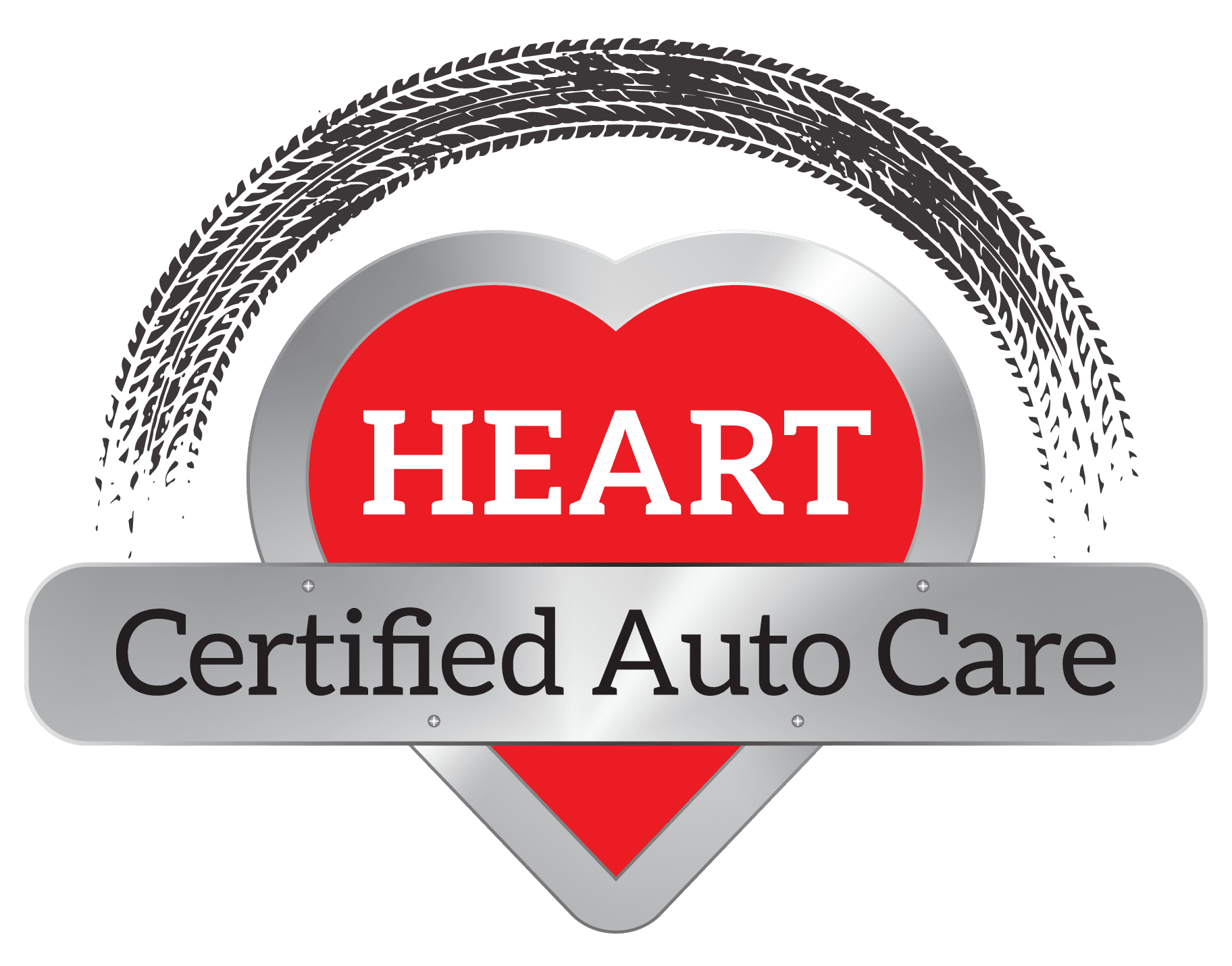Nine Best Practices for Tire Maintenance
Your car’s tires don’t always get as much attention as engines, oil, or even its exterior, but proper tire maintenance is one of the easiest ways to keep your car running safely, efficiently, and for longer. To guarantee you get the most out of your tires, and to answer questions, such as “What’s good tire pressure,” “How do I inspect tires” and “What on earth is tire rotation, anyway?”, here are nine best practices for proper tire maintenance.
1. What’s the best tire pressure?
The most effective and easiest way to maintain your tires is by keeping them properly inflated. This simple practice not only keeps your tires from wearing too fast, but prevents skids on slick surfaces and improves overall fuel economy.
But note: Not all tires require equal pressure. Car manufacturers list their PSI recommendations on a sticker inside the driver’s side door jamb. Be sure to consult their recommendation first before checking and definitely before refilling. If you need help, come into HEART Certified Auto Care. We’ll have your tires squared away in no time.
2. How Do I Inspect Tires?
Inspect your tires at least monthly, looking for any wear, tear, underinflation, or over inflation. Be sure to look at the tire’s edges, where uneven wear indicates misaligned tires. In addition to your personal inspections, bring your car in for a professional checkup at least annually. It’s quick, easy, and completely essential.
3. What’s good tire tread?
Check your tire tread with just a penny. Simply insert the penny headfirst into the tire tread: If the tread extends past Lincoln’s forehead, you’re good to go, but if you can see his head, your tire tread is worn out.
While this may not sound like a big deal, consider this from AAA: “a truck travelling 70 MPH on a ‘Lincoln approved’ tire stops 24% faster and 122 feet shorter than one with worn treads. That’s the difference between life and death.”
4. What are rotating tires?
You may have heard the phrase “rotate your tires.” That just means you move them around to different axles on your car, which is an easy way to make sure they wear evenly, extending all of their lives, and possibly your own. A tire rotation should be completed every 5,000-7,000 miles.
5. Where do new tires go?
If you get new tires, be sure to place them on the back wheels. Improved tread on the back tires greatly reduces the risk of skidding or hydroplaning.
6. How do you balance tires?
Sometimes tires become imbalanced, leading to vibrations that not only impact your drive, but can wreak havoc on axles, potentially contributing to an accident. Protect yourself, and your car, by making sure your tires are well balanced. If you need an assist, bring your car to HEART Certified Auto Care. We’ll balance the tires in no time.
7. How do you align tires?
Wheels can drift out of alignment, leading to erratic tire wear. Ask our mechanic to check them when you bring your car into the shop, which should be at least annually. If you’re worried about the time it takes, come to HEART Certified Auto Care where we have 98% same day service.
8. Do tires have load limits?
Yes! Many people don’t realize this, but tires have limits. Some are built for large loads, others for daily life. If you are going to haul heavy machinery or other oversized loads, make sure your tires can handle it! The load limit will be etched on the side, beside the recommended PSI. Don’t risk a blowout!
9. Do I need winter tires?
Winter tires are more flexible and have more aggressive tread, so they can prevent more skids in winter months. If you are living in a cold area, you should definitely consider switching their tires for the season. Call HEART Certified Auto Care, and we can discuss your options.





